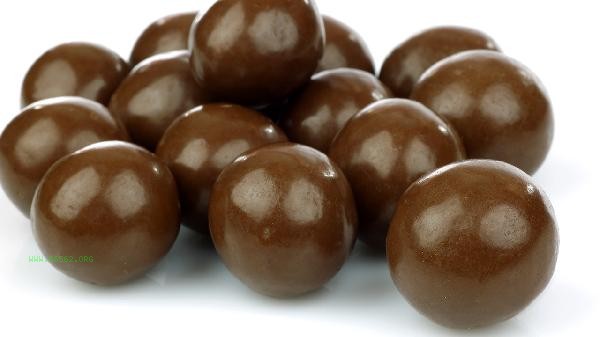During weight loss, it is recommended to consume dark chocolate in moderation. It is recommended to choose varieties with cocoa content of 70% or more, low sugar and high fiber. The impact of chocolate on weight loss mainly depends on the selection of types, intake, and consumption time. Reasonable intake of dark chocolate can help control appetite and improve metabolism, but milk chocolate or white chocolate should be strictly limited due to its high sugar and high fat content.

1. Type selection:
Dark chocolate is a relatively safe choice during the weight loss period, as its cocoa polyphenols can promote fat breakdown and have a high content of dietary fiber. Every 100 grams of dark chocolate with a cocoa content of 70% -85% contains approximately 11 grams of dietary fiber and typically less than 20 grams of sugar. In contrast, milk chocolate contains over 50 grams of sugar, while white chocolate is mainly composed of cocoa butter and sugar, which should be avoided during weight loss.
2. Timing of intake:
Eating 10-15 grams of dark chocolate 1 hour before exercise can improve exercise endurance, and a small intake within 30 minutes after exercise can help with muscle recovery. Avoid consuming it 3 hours before bedtime or on an empty stomach, as insulin sensitivity is high and it can promote fat accumulation. Research has shown that consuming a small amount of chocolate after breakfast can reduce the craving for sweets throughout the day.
3. Metabolic effects:

Caffeine and theobromine in dark chocolate can increase the basal metabolic rate by 3% -5%, lasting for about 3 hours. Epicatechins can inhibit adipocyte differentiation and reduce visceral fat accumulation. However, it should be noted that each gram of chocolate still contains 5-6 calories, and it is recommended to control it within 20 grams per day, which is about 1/4 of a standard plate of chocolate.
4. Appetite regulation:
Dark chocolate can stimulate the secretion of cholecystokinin, produce satiety, and delay gastric emptying. Its bitter components can reduce the craving for high sugar foods through vagus nerve conduction. Clinical trials have shown that people who regularly consume dark chocolate have a 19% reduction in snack intake, but excessive consumption may stimulate appetite in the opposite direction.
5. Alternative:
Cocoa powder is a better choice, containing only 20 grams of fat per 100 grams and no added sugar. Sugar free yogurt or oats can be added. Chocolate protein bars should choose products with protein content greater than 20 grams per serving. During sudden craving, you can chew sugar free cocoa beans or drink 200ml skim milk and 5g pure cocoa powder as a hot cocoa beverage.

Establish a chocolate consumption record table during weight loss, recording the type, amount, and time of each consumption, with a weekly intake not exceeding 100 grams. Paired with 15 minutes of brisk walking, it can burn 1 small piece of chocolate calories. Pay attention to whether consuming it triggers a chain of cravings for sweets, and in such cases, it is recommended to use nuts as a substitute. Special groups, such as diabetes patients, should consult a nutritionist. Those who lose weight during pregnancy should avoid caffeinated chocolate products. In the long run, cultivating sensitivity to natural food sweetness is more important than controlling chocolate intake.



Comments (0)
Leave a Comment
No comments yet
Be the first to share your thoughts!